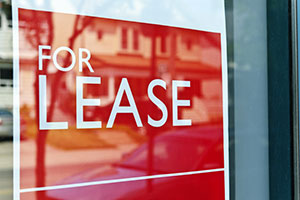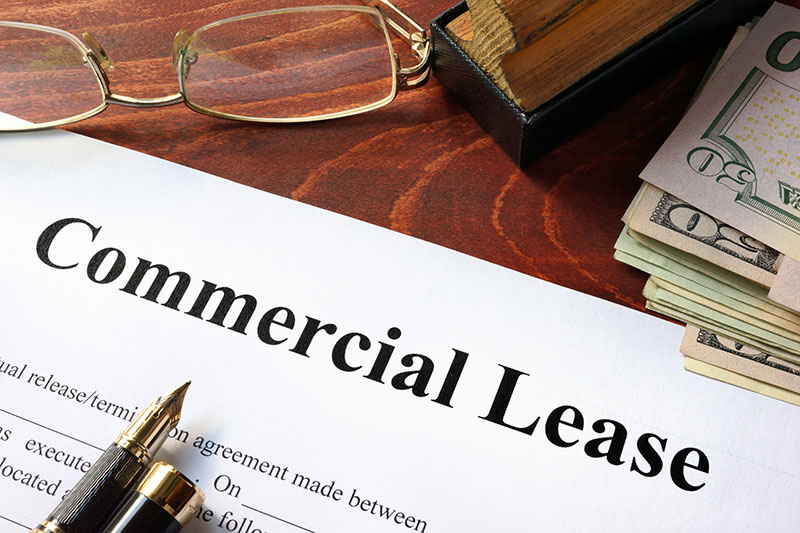Everyone has a different opinion about real estate, but when it comes to commercial real estate leases, the general public seems to have less knowledge on the subject. This likely stems from the fact that the commercial lease terminology is so different from the rest of real estate. As is often the case, the result is misconceptions and myths about certain terms, phrases, or practices. In an effort to debunk some of those myths, here is what I commonly hear and what the reality is:
Does an advertisement for $10 psf for 1,500 square feet mean $15,000 per month?
 Typically a dollar amount for a lease means the cost per square foot per year. If you were renting 1,500 square feet of space, and the advertised price was $10, that means the space costs $15,000 per year. ($10 x 1,500 sf = $15,000). To determine what the monthly rent will be, simply divide that number by 12 (months in a year) and you get a monthly rent of $1,250.00.
Typically a dollar amount for a lease means the cost per square foot per year. If you were renting 1,500 square feet of space, and the advertised price was $10, that means the space costs $15,000 per year. ($10 x 1,500 sf = $15,000). To determine what the monthly rent will be, simply divide that number by 12 (months in a year) and you get a monthly rent of $1,250.00.
Does “50,000 SF Available for Lease” mean you have to take all 50,000 SF?
No, not typically. When you are looking for a home, if you see a 3,000 SF house for sale, you are buying all 3,000 SF. But in commercial real estate, spaces for lease can be flexible. It is up to the Landlord, or owner of the building to decide how he wants to divide a space. If you only need 10,000, the Landlord may be willing to divide the 50,000 SF space into smaller suites. There is a cost associated with putting up or tearing down walls, but collecting no rent versus collecting a portion of rent is often better than nothing.
If I am forced to downsize, am I stuck in large space I originally leased?
During tough economic times, sometimes you are forced to lesson your work force. This doesn’t mean you have to have 5 empty cubes taking up 1/3 of your space. Typically found in commercial real estate leases, there is something called ‘sub-lease clause’, which allows a tenant to sublet a portion of its space is to another tenant. Whether you can sub-lease your space depends on the commercial lease agreement. Check out this form lease agreement from the North Carolina Realtors Association for sample sub-lease language. Sometimes it is a win-win; that other business only needed 3,500 SF space and couldn’t find a great location such as yours; while you are not paying for unused space and save money. However, have your commercial real estate broker thoroughly vet that subtenant to ensure they are a good fit.

Do I Have to Pay “CAM Charges”?
In multi-tenant buildings, landlords will typically include a clause in the lease adding CAM charges to the total rent. CAM stands for common area maintenance. A “common area” is that part of a multi-tenant building that all tenants have the use of, like a lobby or a parking lot. Because all tenants share common areas, all tenants share in the costs of maintaining the common areas. Thus, common area or CAM charges. Typically, a tenant will only pay its pro-rata share of these expenses. Usable & Rentable Square Feet and CAM Charges Explained is a post I wrote that provides an in depth explanation.
Base rent cannot be changed after the lease is signed.
This isn’t always true. While it is true that commercial real estate leases typically are longer, it doesn’t mean you are stuck. “Blend-and-extend” is a leasing concept where a tenant can opt for an early renewal while injecting new terms such as lower rents and additional capital improvements. This is typically a win for both parties: you, as the tenant, can achieve a more favorable rental rate or other improvements. The landlords keeps you in their space for X amount of additional years. A qualified Coldwell Banker Commercial professional can assist with negotiating blend and extend terms.







